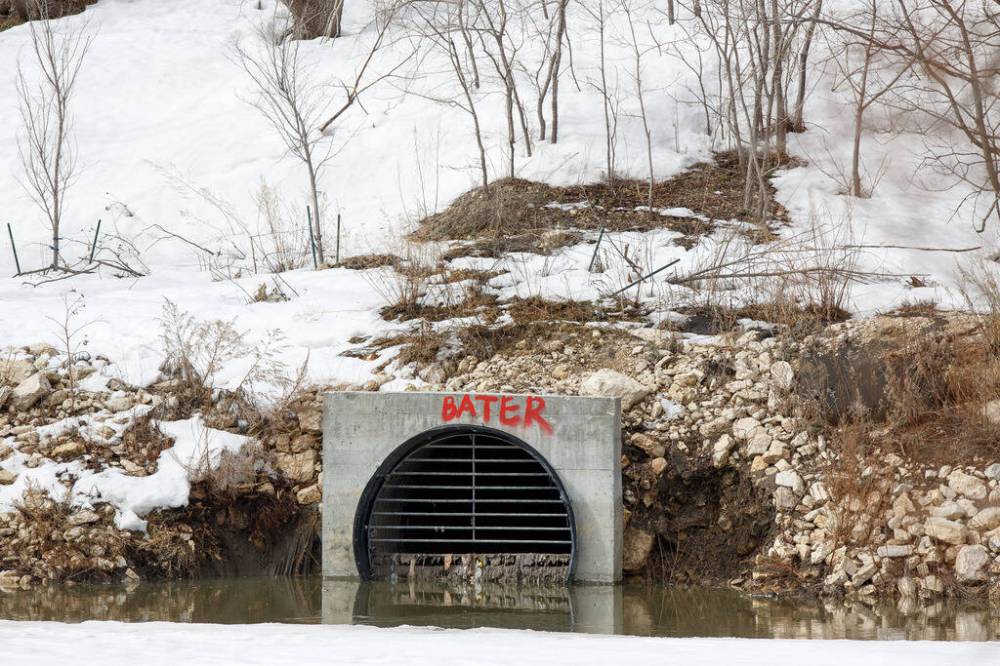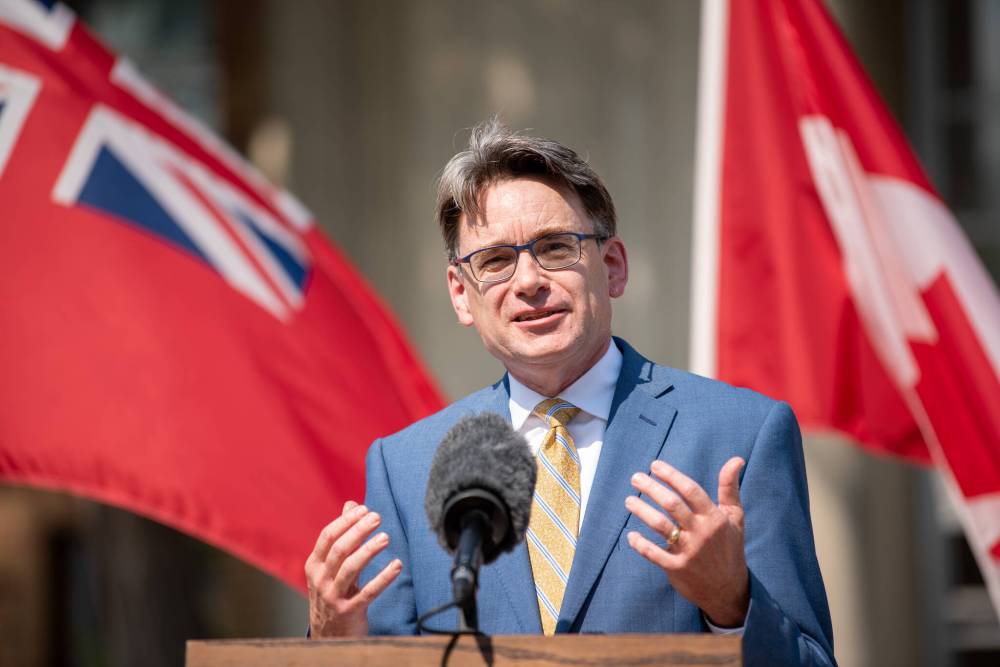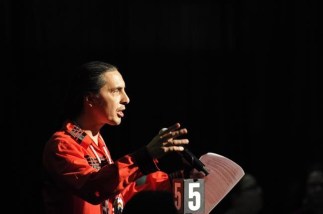Use sewage-spill disgust to spur change
Read this article for free:
or
Already have an account? Log in here »
To continue reading, please subscribe:
Monthly Digital Subscription
$0 for the first 4 weeks*
- Enjoy unlimited reading on winnipegfreepress.com
- Read the E-Edition, our digital replica newspaper
- Access News Break, our award-winning app
- Play interactive puzzles
*No charge for 4 weeks then price increases to the regular rate of $19.00 plus GST every four weeks. Offer available to new and qualified returning subscribers only. Cancel any time.
Monthly Digital Subscription
$4.75/week*
- Enjoy unlimited reading on winnipegfreepress.com
- Read the E-Edition, our digital replica newspaper
- Access News Break, our award-winning app
- Play interactive puzzles
*Billed as $19 plus GST every four weeks. Cancel any time.
To continue reading, please subscribe:
Add Free Press access to your Brandon Sun subscription for only an additional
$1 for the first 4 weeks*
*Your next subscription payment will increase by $1.00 and you will be charged $16.99 plus GST for four weeks. After four weeks, your payment will increase to $23.99 plus GST every four weeks.
Read unlimited articles for free today:
or
Already have an account? Log in here »
Hey there, time traveller!
This article was published 25/03/2022 (1352 days ago), so information in it may no longer be current.
When Winnipeggers heard 74 million litres of diluted sewage spilled into local rivers this week, it was difficult to summon an accurate image of such a large quantity. How much is 74 million litres? To put it another way, to bring it home so to speak, the spilled sewage amounted to 88 litres for every one of the 833,000 residents of Winnipeg.
Sewage spill into Assiniboine to end Saturday

Posted:
The City of Winnipeg now expects to end a multi-day sewage spill on Saturday, which has already dumped at least 52 million litres of diluted wastewater into local waterways.
If the image is repugnant, such a strong reaction is understandable and shouldn’t be disregarded.
“We need to maintain our disgust at stuff like this; it cannot become par for the course,” said environmental scientist Alexis Kanu.
Such disgust can be beneficial if it prompts demands for action. The City of Winnipeg has made steps in the right direction but the cost of upgrading the long-neglected sewage system to an acceptable level is beyond the budget of a municipality. The onus rests with the provincial and federal governments that have the financial resources to improve the system to a level that adequately protects rivers and Lake Winnipeg.
In a city like Winnipeg where sewage spills are shamefully commonplace, it should go without saying that everyone agrees something must be done. Just ask the people who found a frozen river trail in Wolseley was covered by raw sewage on Feb. 23. The issues are what can be done, and who should pay what portion of the bill.
This week’s spill is blamed on a temporary pump that couldn’t keep up with the flow as the city replaced a Portage Avenue interceptor sewer pipe. While tests results from this week are not yet available to determine danger to the environment and the health of humans, a spill in 2021 led to levels of E. coli and fecal coliform that were above the laboratory’s testing level, literally off the charts.

Unlike this week’s discharge, most sewage problems in Winnipeg are attributed to a structure called the combined sewer system, which services about one-third of Winnipeg’s developed areas. Household sewage is mixed with stormwater runoff as it goes to sewage treatment plants. When there is substantial runoff from rain or melting snow, a safety valve stops sewage from backing up into homes and, instead, directs the excess discharge of wastewater into Winnipeg’s rivers at one of 76 locations.
The Environment Act licenses the provincial government to regulate the combined sewer system, and different provincial governments have advised the city to clean up its act, but the advice has not been accompanied by enough financial support for the city to comply.
Coun. Brian Mayes, head of the city’s environment committee, noted the city plans to increase its annual investment to reduce combined sewer overflows from $30 million to $45 million per year between 2024 and 2027. Unfortunately for aquatic life in waterways around Winnipeg, the solution to Winnipeg’s sewage problem is much larger than the city can afford alone.
The incentive for provincial and federal governments to step up can be heightened considerably if citizens are to share with their elected representatives, in voices loud and persistent, their ongoing disgust that sewage is dumped into Winnipeg rivers dozens of times a year.
Upgrading the sewage treatment plant in the northern part of the city will cost $1.8-billion, while the plan to reduce combined sewer overflows will cost $2.3-billion.
The only way for such work to be completed is for the provincial and federal governments to offer the city matching funds.
The incentive for provincial and federal governments to step up can be heightened considerably if citizens are to share with their elected representatives, in voices loud and persistent, their ongoing disgust that sewage is dumped into Winnipeg rivers dozens of times a year.
As unappealing as it is to ponder the image of sewage, the repugnance is worthwhile if it prompts governments to recognize Winnipeg’s rivers must not used as a toilet.










